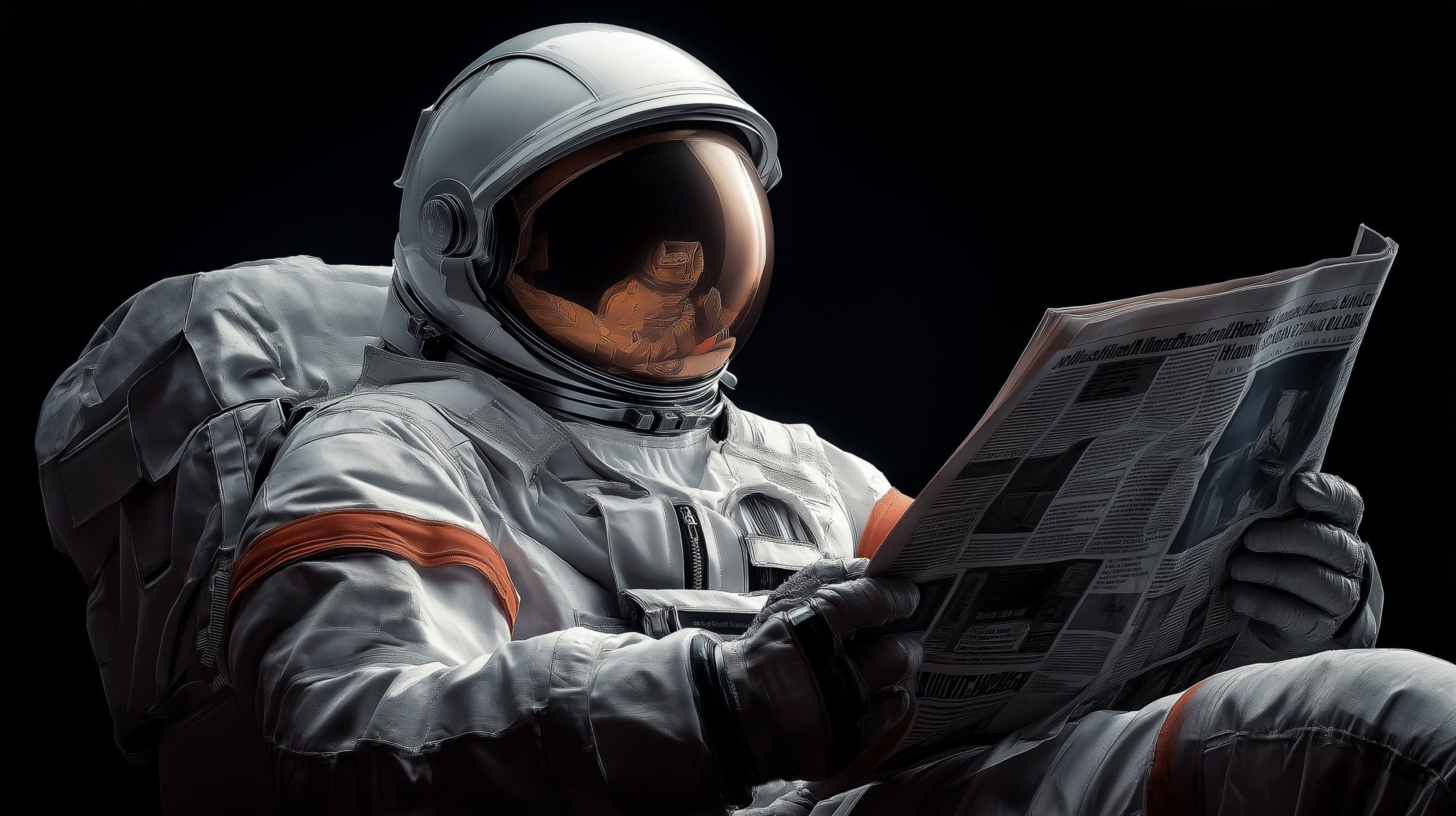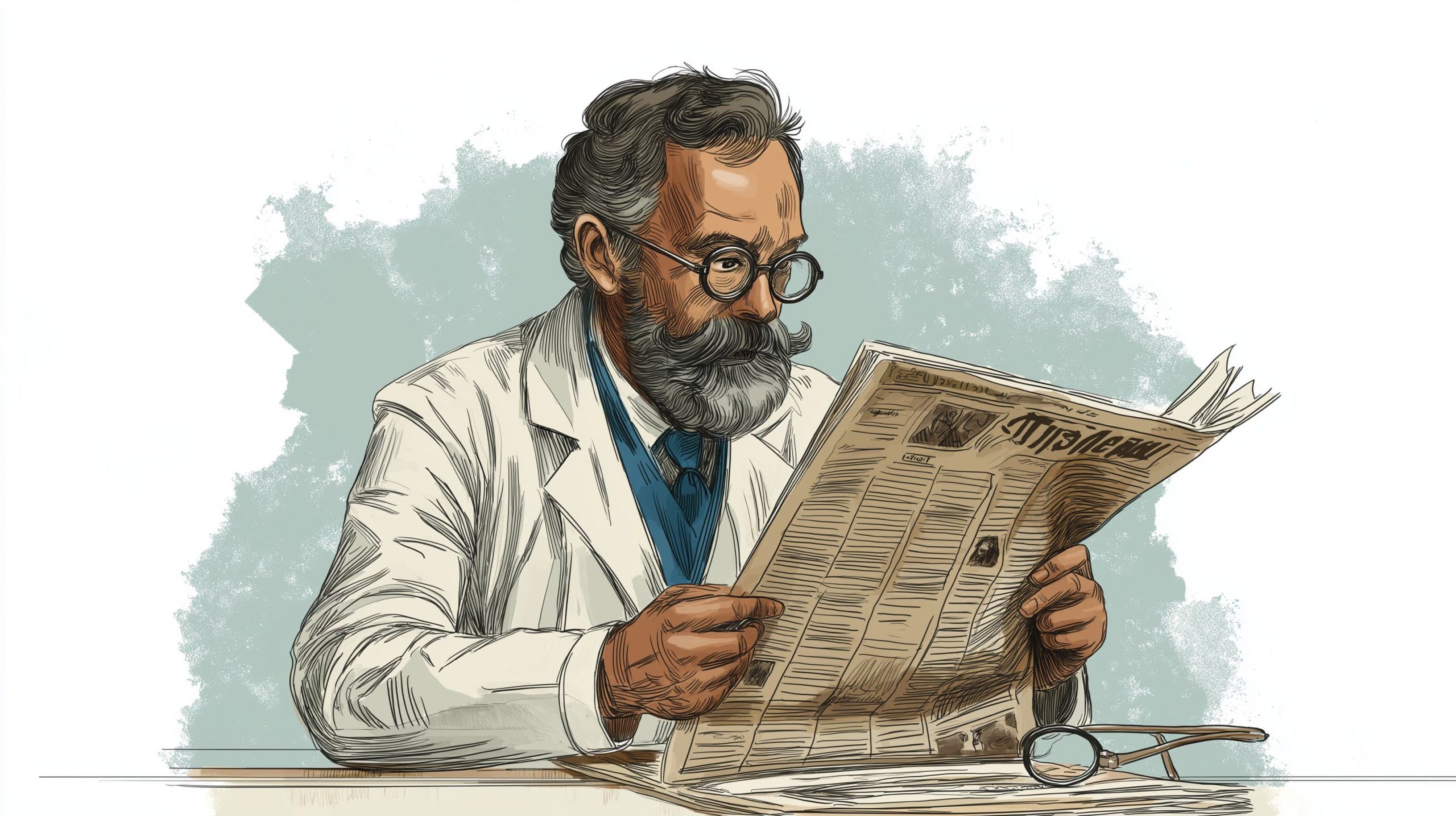
Don’t Miss This Weekend’s Cosmic Light Show: Meteors, Auroras & 5-Planet Parade on Aug 29–30, 2025
Dark Skies & Meteor Showers: Perseid Fade, Aurigid Fireballs? Late August 2025 offers wonderfully dark skies thanks to the timing of the Moon. August 23 marked a rare third new moon in a season (sometimes called a “Black Moon”), leaving










